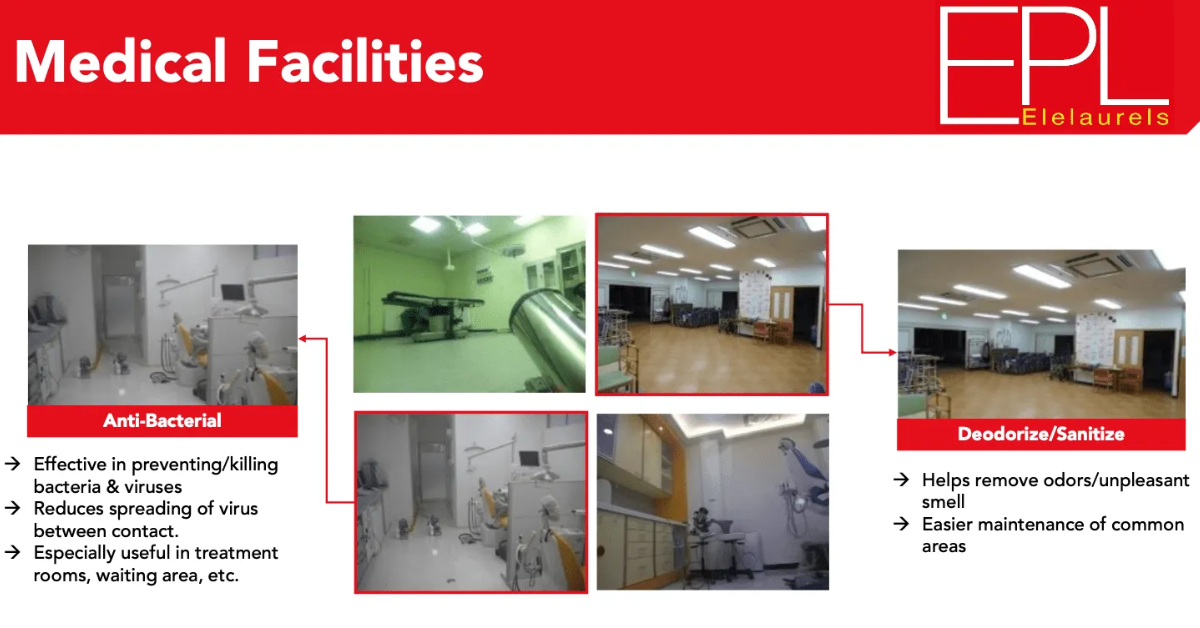Formaldehyde Removal: Essential Tips for a Healthier Indoor Environment
Formaldehyde is a volatile organic compound (VOC) commonly found in household products, building materials, and furniture. While its use in manufacturing has made it a staple in various industries, its presence in homes and workplaces poses health risks, including respiratory issues, skin irritation, and long-term exposure concerns. Understanding how to effectively Formaldehyde Removal is essential for maintaining a healthy living environment.
Sources of Formaldehyde
Formaldehyde can be emitted from various sources, including:
- Pressed Wood Products: Items like particleboard, plywood, and fiberboard often contain formaldehyde-based resins.
- Household Items: Adhesives, paints, varnishes, and cleaning products may release formaldehyde into the air.
- Tobacco Smoke: A significant contributor to indoor formaldehyde levels.
- Textiles: Some fabrics, especially wrinkle-resistant clothing and curtains, may be treated with formaldehyde.
Health Effects of Formaldehyde Exposure
Short-term exposure to formaldehyde can cause symptoms like:
- Irritation of the eyes, nose, and throat.
- Skin sensitivity.
- Headaches and dizziness.
Long-term exposure may increase the risk of serious health conditions, including certain cancers. The World Health Organization (WHO) and other agencies classify formaldehyde as a known carcinogen, emphasizing the importance of reducing its presence indoors.
Effective Formaldehyde Removal Strategies
- Ventilation
- Increase airflow by opening windows and using exhaust fans.
- Consider installing a mechanical ventilation system to consistently exchange indoor and outdoor air.
- Air Purifiers
- Use air purifiers equipped with activated carbon filters, which are effective in adsorbing formaldehyde and other VOCs.
- Ensure regular maintenance and replacement of filters for optimal performance.
- Avoid High-Emission Products
- Choose furniture and building materials labeled as low-emission or formaldehyde-free.
- Opt for water-based paints and adhesives instead of solvent-based options.
- Natural Absorbers
- Indoor plants like snake plants, spider plants, and Boston ferns may help reduce indoor air pollutants, including formaldehyde.
- Humidity Control
- Keep indoor humidity levels below 50% using dehumidifiers. High humidity can increase formaldehyde emissions from materials.
- Testing and Monitoring
- Use formaldehyde detection kits to assess the indoor air quality.
- Hire professional services for comprehensive testing and remediation if levels are significantly high.
Preventative Measures
- When purchasing new furniture or renovations, let the materials “off-gas” outdoors or in well-ventilated areas before bringing them indoors.
- Avoid smoking indoors as it contributes significantly to formaldehyde levels.
- Wash new textiles like curtains and clothing before use to reduce formaldehyde residues.
Conclusion
Addressing formaldehyde exposure is crucial for protecting your health and creating a safe indoor environment. By adopting proactive measures such as improved ventilation, using air purifiers, and selecting low-emission products, you can effectively minimize formaldehyde levels in your home or workplace. Prioritizing these steps not only enhances air quality but also contributes to overall well-being.
Read More







